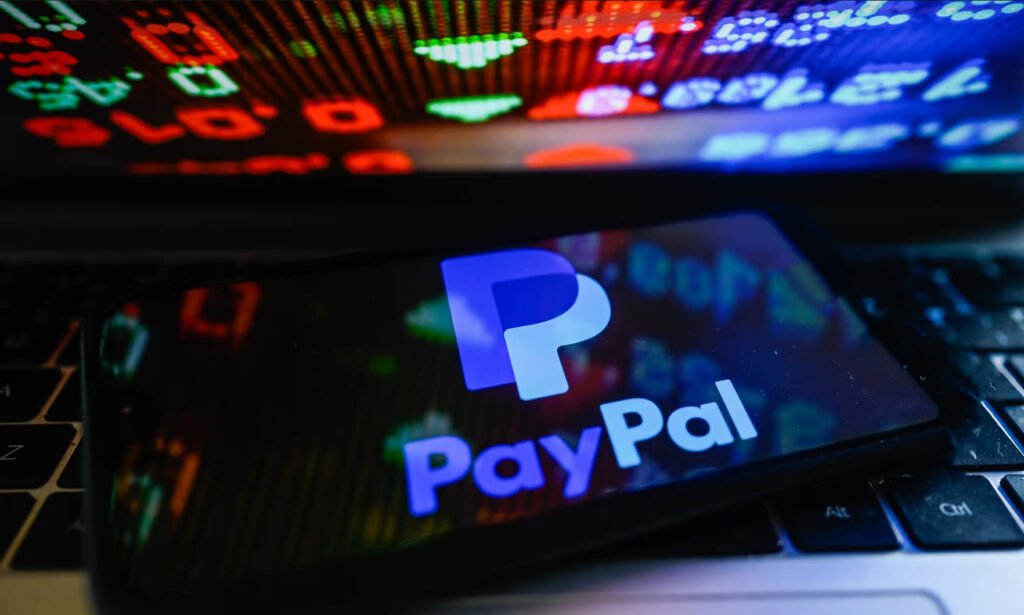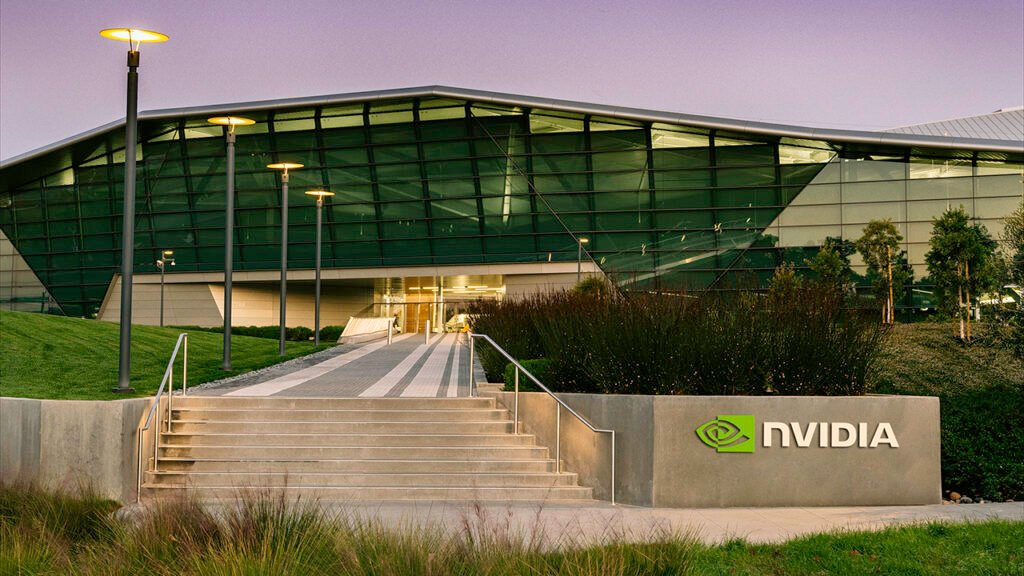PayPal, a name synonymous with online payments, revolutionized how we transfer money in the digital age. This financial technology company has a rich history marked by innovation, strategic acquisitions, and global expansion. Let’s delve into the journey of PayPal or History of PayPal, from its inception to its current status as a leader in digital payments.
Early Beginnings: Confinity and X.com
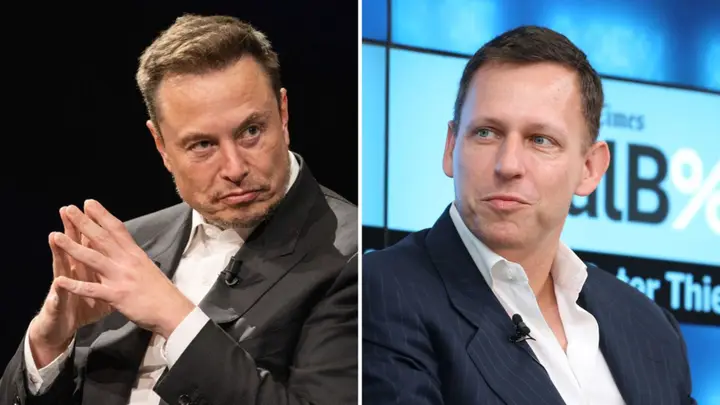
PayPal’s story begins in December 1998 with the founding of Confinity by Max Levchin, Peter Thiel, and Luke Nosek. Confinity initially focused on security software for handheld devices, but it soon pivoted to a digital wallet service that allowed users to store encrypted information.
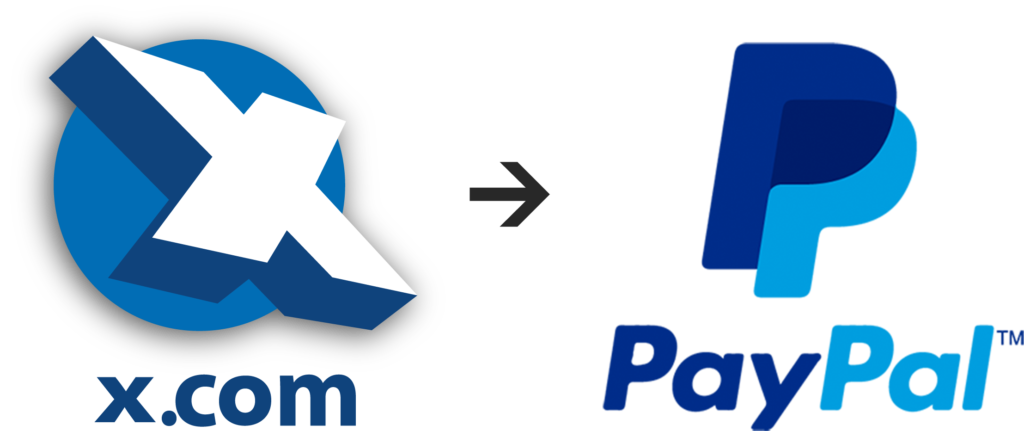
Around the same time, in March 1999, entrepreneur Elon Musk founded X.com, an online payment company. X.com aimed to simplify financial transactions by leveraging the internet, offering a suite of online banking services. In March 2000, X.com acquired Confinity, and the two entities merged their talents and technologies. Recognizing the potential of Confinity’s digital wallet, X.com phased out its other banking operations to focus exclusively on this service. By 2001, the merged company was rebranded as PayPal.
Rise to Prominence: IPO and Acquisition by eBay
PayPal’s innovative approach to online payments quickly gained traction, particularly among eBay users who found it to be a convenient and secure method for transactions. In February 2002, PayPal went public, debuting on the NASDAQ under the ticker symbol PYPL. The IPO was a resounding success, solidifying PayPal’s position in the market.
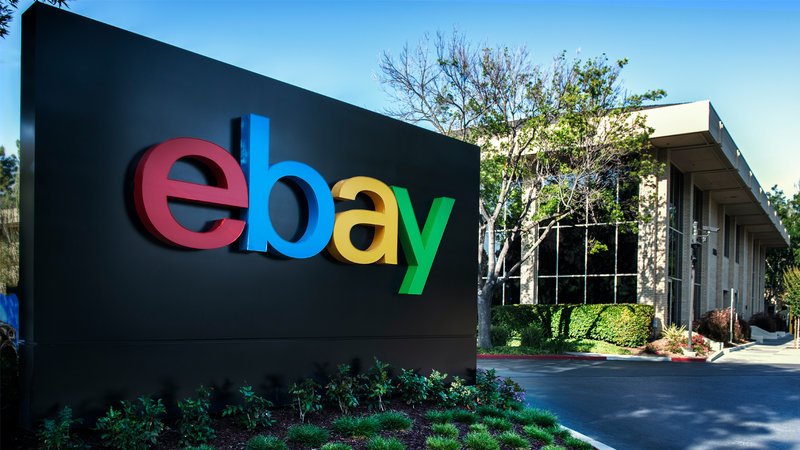
Later that year, in October 2002, eBay acquired PayPal for $1.5 billion in stock. This acquisition integrated PayPal’s payment system into the eBay marketplace, providing a seamless payment solution for millions of eBay transactions. PayPal became the default payment method on eBay, significantly boosting its user base and transaction volume.
Expansion and Innovation: Diversifying Services
Post-acquisition, PayPal continued to innovate and expand its services. The company introduced features like PayPal Credit (formerly Bill Me Later) and PayPal Here, a mobile payment solution. PayPal also extended its reach beyond eBay, partnering with major online retailers and expanding its merchant services.
In 2008, PayPal moved its headquarters to San Jose, California, reflecting its growing importance in the tech industry. The same year, it acquired Fraud Sciences, an Israeli-based company, to enhance its fraud management systems. PayPal’s commitment to security and innovation helped it build trust with users and merchants alike.
Becoming an Independent Company: Spinoff from eBay
In 2015, eBay and PayPal parted ways, with PayPal becoming an independent publicly traded company once again. The spinoff allowed PayPal to focus on its core business and pursue new growth opportunities. Dan Schulman, who joined as CEO in 2014, led the company through this transformative period.
Global Expansion and Strategic Acquisitions
Under Schulman’s leadership, PayPal embarked on an ambitious global expansion strategy. The company entered new markets and forged strategic partnerships with financial institutions, technology companies, and retail giants. Notable acquisitions during this period include:

- Braintree (2013): This acquisition brought the popular mobile payment service Venmo under PayPal’s umbrella, catering to a younger demographic with a social payment platform.
- Xoom (2015): Acquiring this international money transfer service expanded PayPal’s capabilities in cross-border remittances.
- iZettle (2018): Known as the “Square of Europe,” iZettle provided PayPal with a strong foothold in the European small business market.
The COVID-19 Pandemic: Accelerating Digital Payments
The COVID-19 pandemic in 2020 further accelerated the adoption of digital payments. With lockdowns and social distancing measures in place, consumers and businesses increasingly turned to online transactions. PayPal reported record growth in user numbers, transaction volumes, and revenues. The company also played a crucial role in supporting small businesses by facilitating access to loans and grants through the Paycheck Protection Program.
Future Prospects: Continuing to Shape Digital Finance
As of 2024, PayPal remains at the forefront of digital payments, constantly evolving to meet the needs of a rapidly changing financial landscape. The company is exploring new frontiers, such as cryptocurrency integration and blockchain technology, to stay ahead of the curve. PayPal’s vision extends beyond payments, aiming to create a comprehensive financial ecosystem that empowers individuals and businesses worldwide.
Key Milestones in PayPal’s History
- 1998: Confinity is founded by Max Levchin, Peter Thiel, and Luke Nosek.
- 1999: Elon Musk founds X.com.
- 2000: Confinity and X.com merge.
- 2001: The merged entity is named PayPal.
- 2002: PayPal goes public and is later acquired by eBay for $1.5 billion.
- 2005: PayPal acquires VeriSign’s payment gateway business.
- 2013: PayPal acquires Braintree, including Venmo.
- 2014: eBay announces plans to spin off PayPal.
- 2015: PayPal becomes an independent company, trading on the NASDAQ as “PYPL.”
- 2015-Present: PayPal continues to expand through acquisitions and innovations, growing its user base and global reach.
PayPal Today
As an independent company, PayPal has continued to expand and innovate. It has made significant strides in the areas of mobile payments, peer-to-peer transfers, and digital commerce solutions. PayPal has also pursued an aggressive acquisition strategy, acquiring companies like Xoom, a digital money transfer service, and Honey, a coupon and deals platform.
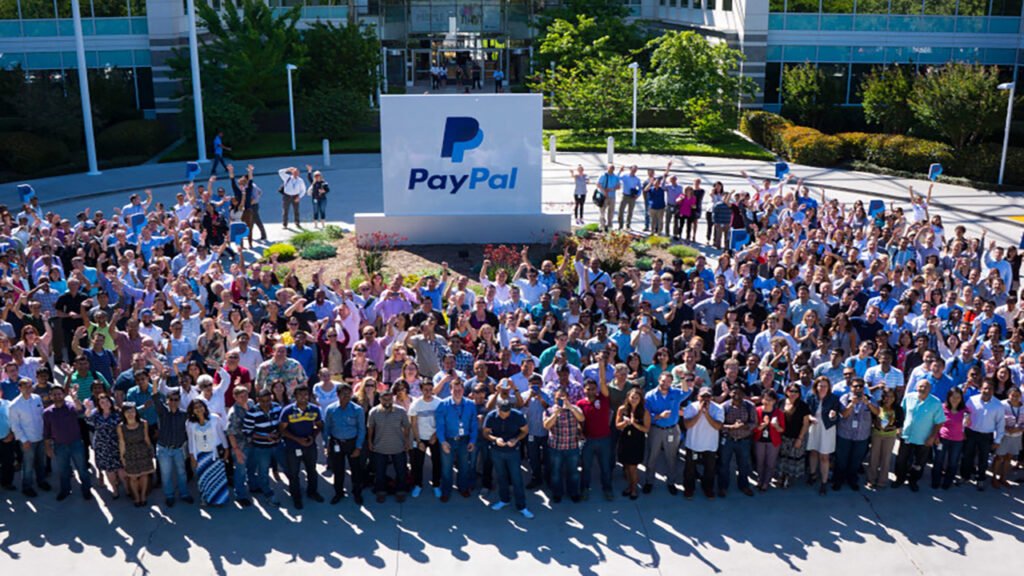
Today, PayPal operates in over 200 markets and has more than 400 million active accounts. Its platform supports transactions in over 100 currencies, enabling global commerce and financial inclusion. PayPal’s services have evolved to include a wide range of financial products, from credit solutions to cryptocurrency trading, reflecting its commitment to staying at the forefront of digital financial innovation.
Conclusion
The history of PayPal is a story of innovation, strategic decisions, and transformative growth. From its early days as a security software company to becoming a global leader in digital payments, PayPal has consistently pushed the boundaries of what is possible in financial technology. As it continues to evolve and adapt to the changing digital landscape, PayPal remains a pivotal player in the world of online payments, facilitating commerce and connecting millions of people and businesses around the world.
Subscribe Our 100% Free Newsletter
